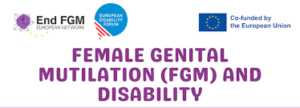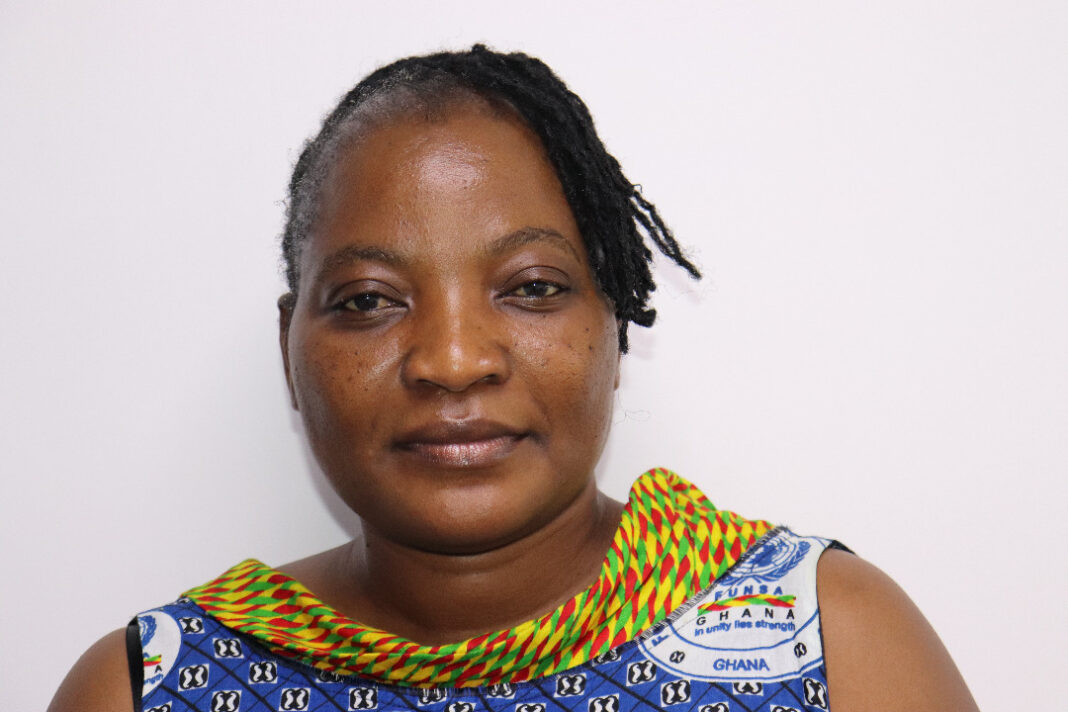According to WHO (2022) Female Genital Mutilation/Cutting (FGM/C) presents as a gender-induced form of violence against young girls and women in developed and developing contexts . It continues to thrive within communities in Sub-Saharan Africa, the Middle East, Asia, and across , with (under) reported prevalence among communities in the diaspora .
It is estimated that 200 million women globally have undergone FGM/C, and 2 million girls are at risk of undergoing the procedure in the future (World Health Organization 2022b). National estimated FGM prevalence is 3.8% with regional variations. FGM is practised by several ethnic groups including the Kusasis, Frafras, Kassenas, Nankanis, Busangas, Wallas, Dagarbas, Builsas and Sisalas, who live mainly in the Upper East, Upper West and Northern regions of Ghana, and the migrant population in the south.
Local socio-cultural and religious norms interrelate with patriarchal and matriarchal gendered notions to believe that FGM prepares a woman socially and culturally to fit within society. These include deep-rooted convictions that uncircumcised women possess sexually enhancing physical characteristics such as the clitoris, making them dangerously sexually motivated, unclean and susceptible to promiscuity within marriages. The prepuce’s religious considerations, as is the clitoris are unclean, and its removal makes a woman whole and ready for marriage. By inference, a woman’s social, religious, and economic prospects in practicing communities are determined by the rite of circumcision; uncircumcised women are accorded no social status in practicing communities.

- Advocating Sexuality Education and Health promotion education should be prioritized and championed by the MMDCs to help eliminate the practice of FGM/C. I proposed sexuality education intervention to be discussed at the more general community level during community durbars, cultural festivities to the individual/personal level.
- Sexual and reproductive health challenges of FGM/C should be systematically designed into in and out-of-school sex education programs to involve different age groups to ensure that the older generation gains a better understanding of the dangers FGM/C poses to the health of women.
- Sexual pleasure should form an expanded sub-topic for discussion under the biological features of the female reproductive system. Health promotion programs should provide education on the importance of the clitoris as well as any other religiously considered feature and the role it plays in sexual intimacy, marriage and childbirth.
- Sexuality education in and out of school could provide a good starting point for addressing FGM/C- Ghanaian research shows that the sexuality education curriculum officially teaches abstinence—an approach to sexuality education which is argued to be culturally limiting. Policy framework allows for pro-comprehensive sexuality education approaches (CSE), which are culturally sensitive. Context specific sexuality should be integrated into our sexuality education program.
- Advocacy campaigns by industry players including women empowerment interventions should be heightened since its making significant impact in the context of prevailing social patriarchal norms
- The aim of FGM/C to make women chaste for marriage per the act of circumcision itself, could be very erroneous. chastity can be promoted as a ‘delay in sexual activity of young women to allow for educational and bio-physical development. I agree to some extent with advocates of FGM/C on the need for a delay in sexual activity but disagrees that it should be enforced through FGM/C. I also disagree that abstinence before marriage should be the approach to ensuring chastity. Instead, sexual delay, which is part of sexuality education programs, allows for other priorities such as educational attainment before marriage and systematic child spacing could be part of health promotion programs to curb the prevalence of FGM/C in Ghana
- Lastly role modelling could be used as a women empowerment strategy to show that FGM/C does not psychologically and certainly assure chastity. However, sexual delay and educational attainment are the ingredients for eliminating poverty and successful life. This can be done by using models of women who have not undergone circumcision yet have made it in life, socially and economically, as a way to underscore this point. Survivors of FGM/C who have long been known to support the act could also be engaged to show the sexual and reproductive health challenges they experience.



